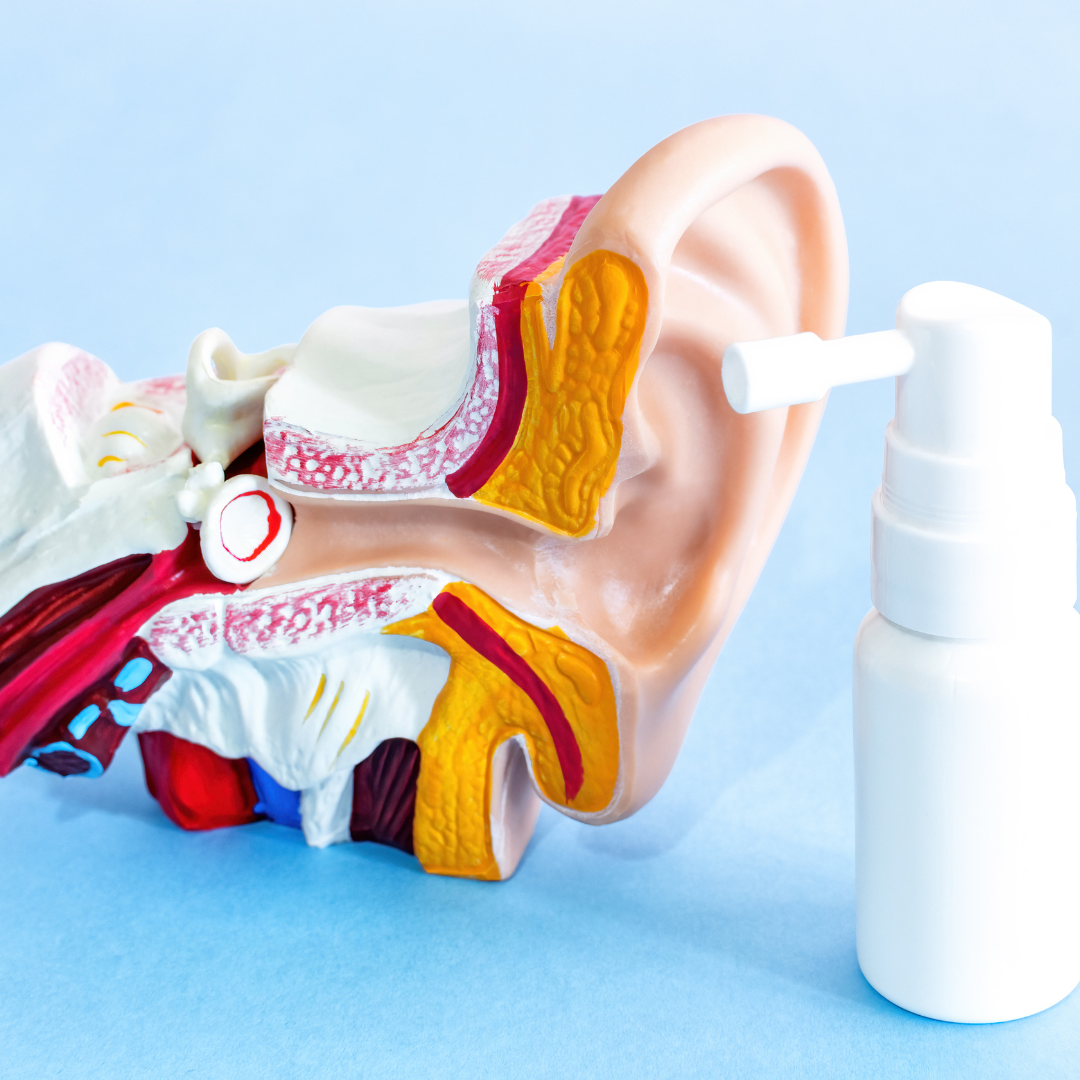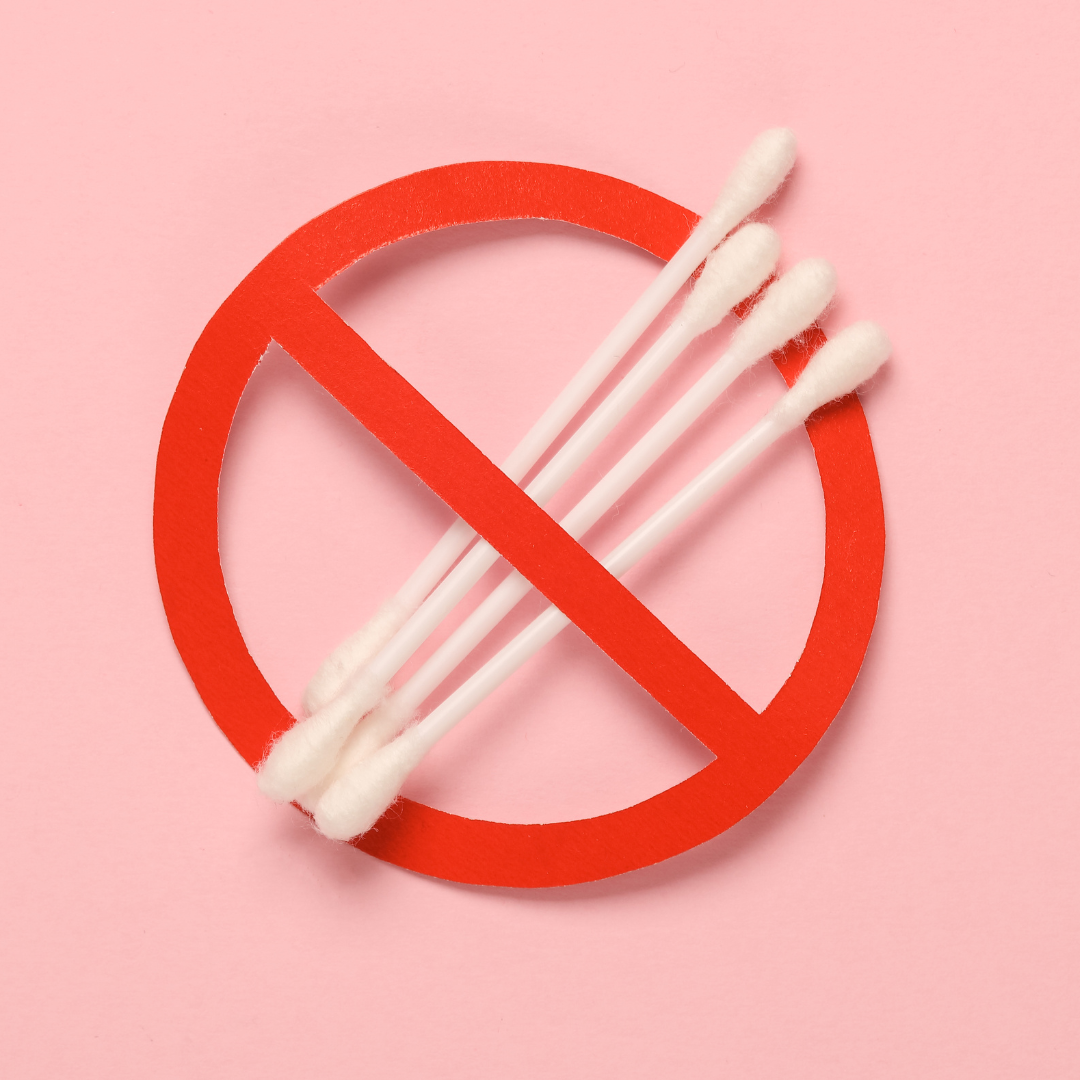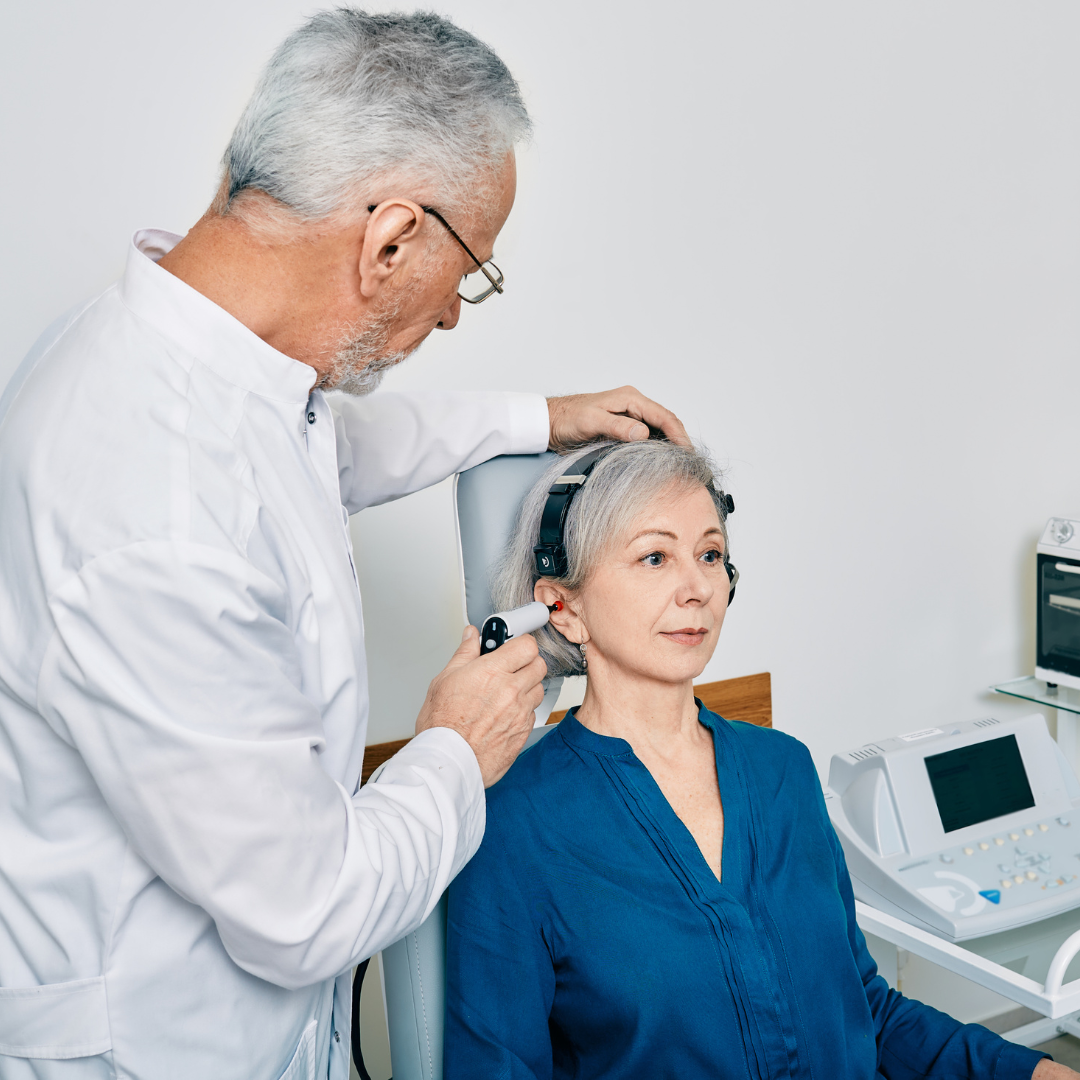
Scientifically referred to as cerumen, earwax is more than just a common nuisance or necessary component of personal hygiene. Your earwax kind can provide intriguing information about your genetic composition. Understanding the many forms of earwax can open doors to new insights into the genetic variety and evolution of humans.
What Is Earwax?
Earwax is a substance produced by glands in the ear canal. Its main purpose is to shield the ear from harm by capturing dust, germs, and other foreign objects and keeping them from getting to the eardrum. It also has lubricating properties, which help keep the ear canal moist and prevent dryness and itching.
Earwax is made of the secretions from sebaceous glands, which produce oils, and modified apocrine sweat glands in the outer ear canal. These liquids interact with dead skin cells and hair to form earwax. After that, it gradually moves to the ear entrance, where it either falls out naturally or can be wiped out.
Types of Earwax
Earwax comes in two primary varieties: wet and dry. Genetic differences determine the difference between various forms of earwax:
- Wet Earwax
This type is sticky and comes in yellow or brown hues. Those of African and European heritage are more likely to experience it. The moist texture of wet earwax is a result of a higher concentration of lipid (fatty) components. - Dry Earwax
Dry earwax is white or grey and brittle. People of Native American and East Asian heritage are more likely to have it. Because dry earwax contains more keratin, a protein present in skin cells, it is less sticky and crumbly.
How Is Earwax Type Inherited?
The type of earwax you have is determined by a single gene called ABCC11. This gene affects the earwax’s composition and consistency. The allele for wet earwax is dominant, while the allele for dry earwax is recessive. This means that if you inherit one or two copies of the wet earwax gene, you will have moist earwax. On the other hand, if you have dry earwax, you can only inherit the dry earwax allele in two copies.
If an individual inherits one allele for wet earwax (W) from one parent and one allele for dry earwax (D) from the other, they will have wet earwax according to their genotype (WD). This is due to the dominant nature of the wet earwax allele. Earwax that is dry is only present in those who have the genotype (DD).
Dry Earwax Gene
The type of earwax is determined by the dry earwax gene (ABCC11), which is also associated with other characteristics. Research, for instance, has linked decreased body odour with dry earwax. This is due to the fact that the gene that controls the kind of earwax also controls the secretion of apocrine sweat glands, which are responsible for producing body odour.
According to a study that was published in Nature Genetics, people who have the dry earwax genotype have less axillary, or underarm, odour. This is due to the fact that the same variation of the ABCC11 gene that causes dry earwax also causes decreased synthesis of specific sweat chemicals that are broken down by bacteria to produce body odour.
Is Earwax a Type of Sweat?
Earwax is connected to the body’s sweat production, even though it is not a form of perspiration in and of itself. Sweat glands that have been altered are the glands that make earwax. This relationship explains why body odour and earwax type can be influenced by differences in the ABCC11 gene.
The ear canal has modified apocrine sweat glands that produce earwax. These glands resemble those in the vaginal and armpit areas, where perspiration is produced and then broken down by bacteria to produce body odour. Thus, the genetic diversity influencing the type of earwax also affects how these sweat glands function.
Benefits of Earwax
Earwax is essential for maintaining the general health of your ears in a number of ways. First of all, it serves as a naturally occurring barrier, keeping dust, foreign objects, and pathogens that could infect the ear canal at bay. Second, its lubricating qualities prevent the ear canal’s skin from drying out and becoming irritating. Additionally, earwax possesses antifungal and antibacterial qualities that aid in the prevention of infections. Earwax is essential for keeping the ear canal healthy because it traps debris and inhibits the growth of bacteria.

Good Practices for Earwax Removal
While earwax plays an important role in ear health, excessive buildup can cause discomfort or hearing issues. Here are some good practices for safe earwax removal:

- Avoid Cotton Swabs
Contrary to popular belief, cotton swabs can push earwax deeper into the ear canal, potentially causing blockages or damage. It’s best to keep these out of your ears. - Use Ear Drops
Over-the-counter ear drops can help soften earwax, making it easier to remove naturally. Follow the instructions on the packaging for safe usage. - Irrigation
This involves using a syringe to gently rinse the ear canal with warm water. Make sure the water is at a comfortable temperature to avoid dizziness. You can purchase a bulb syringe at most pharmacies.

- Visit a Professional
If you experience significant earwax buildup or discomfort, it’s best to see a healthcare provider. They can use specialized tools and techniques to safely remove earwax. - Hydrogen Peroxide
A few drops of hydrogen peroxide can help break down earwax. Mix it with an equal amount of water and apply a few drops into the ear. Tilt your head and let it sit for a few minutes before draining. - Keep Ears Dry
Moisture can contribute to earwax buildup. After showering or swimming, dry your ears gently with a towel. Avoid inserting objects into the ear canal.
How CircleDNA Can Help You Find Out Your Earwax Type
CircleDNA is a full-service genetic testing company that offers information about your earwax type as well as other parts of your genetic makeup. CircleDNA can identify whether you have the genetic variation for moist or dry earwax by examining your DNA. This data may be included in a more comprehensive report that offers details on your family history, health concerns, and other inherited characteristics. Using CircleDNA to determine your earwax type is an easy method to find out more about your genetic makeup and how it affects the way your body works.
Evolutionary Significance
It is thought that the differences in earwax types between populations have evolutionary significance. Wet earwax might have been advantageous in warmer, more humid climes, whereas dry earwax might have offered some benefits in colder, drier climates.
Natural selection is thought to be the reason why the dry earwax allele proliferated in East Asian cultures. Dry earwax would have been helpful in colder areas because it is less likely to contain fungi and bacteria, which lowers the risk of ear infections. On the other hand, wet earwax’s increased lipid content may have assisted in shielding the ear canal from dampness and microbial development in warmer regions.
Conclusion
Determining your earwax type can reveal intriguing details about your evolutionary history and genetic heritage. It’s a tiny but intriguing illustration of how our genes impact who we are, whether you have moist or dry earwax.
You can speak with a geneticist or read more about earwax in the scientific literature for additional in-depth information about the substance and its effects on genetics. The ABCC11 gene and its many consequences are still being studied in order to learn more about human genetics and the variety of ways that our bodies work.
If you’re curious about your own earwax type and what it might say about your ancestry, genetic testing services like CircleDNA can provide personalized insights based on your DNA. Understanding these small details can help us appreciate the complexity of our genetic heritage and the intricate ways our genes influence our daily lives.






